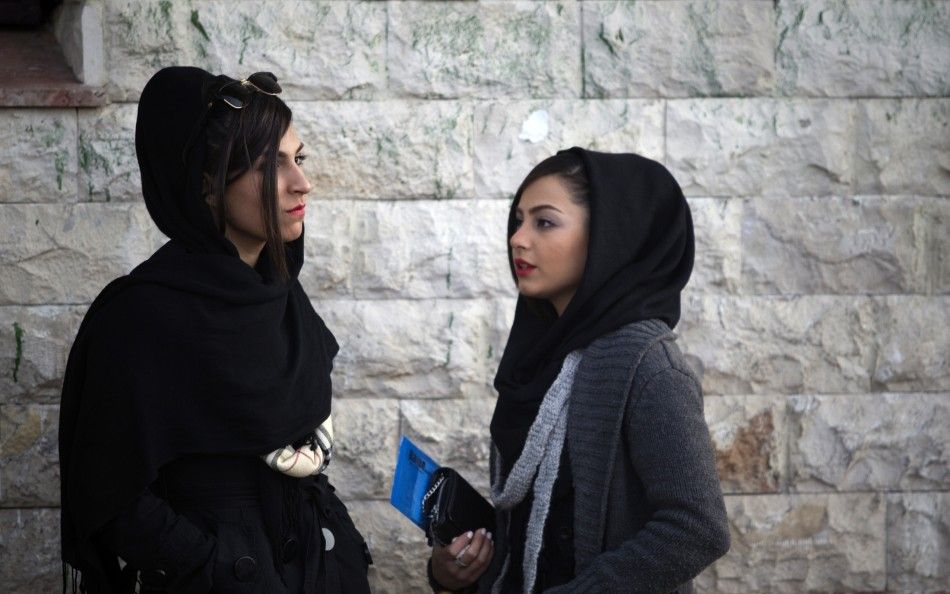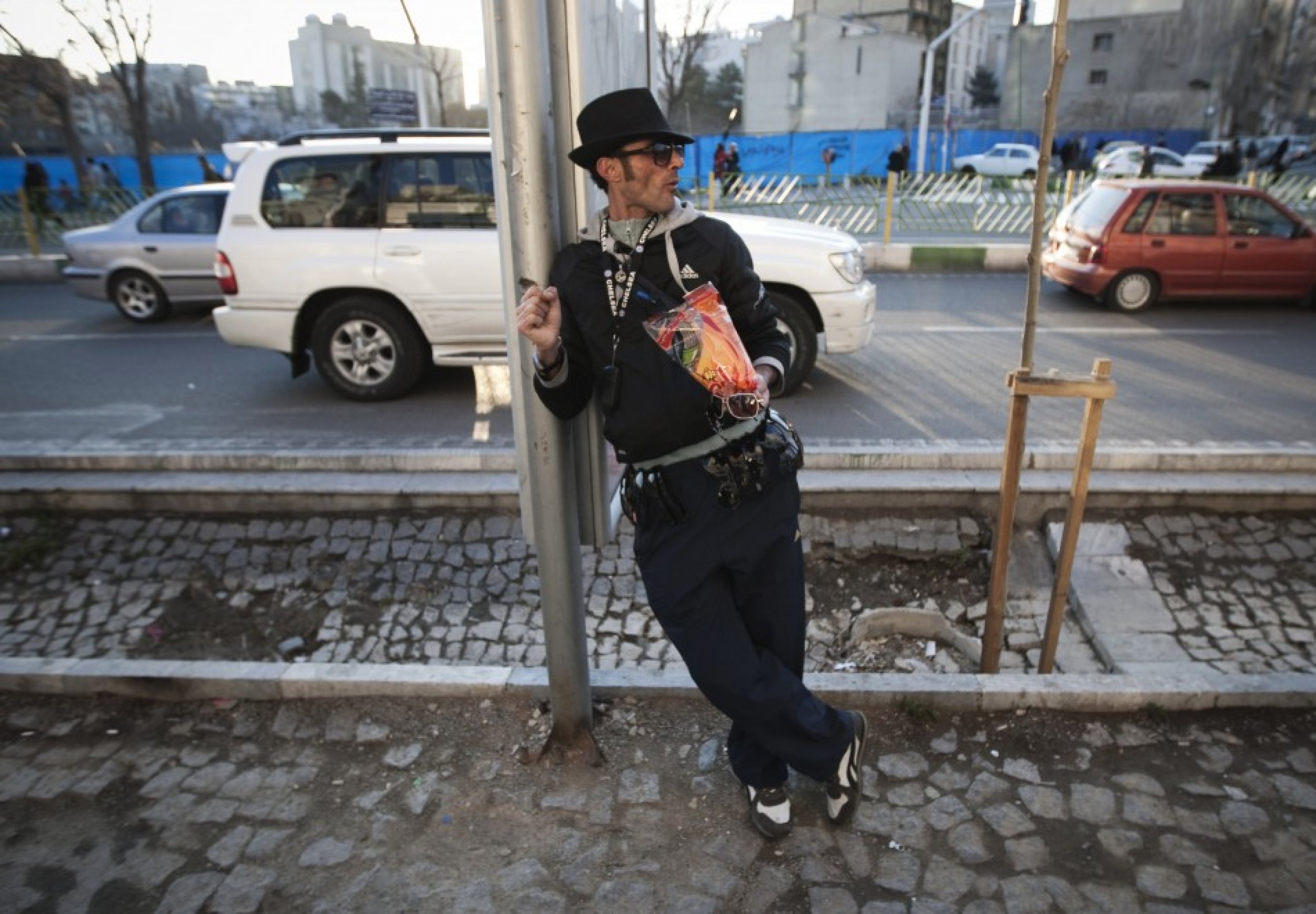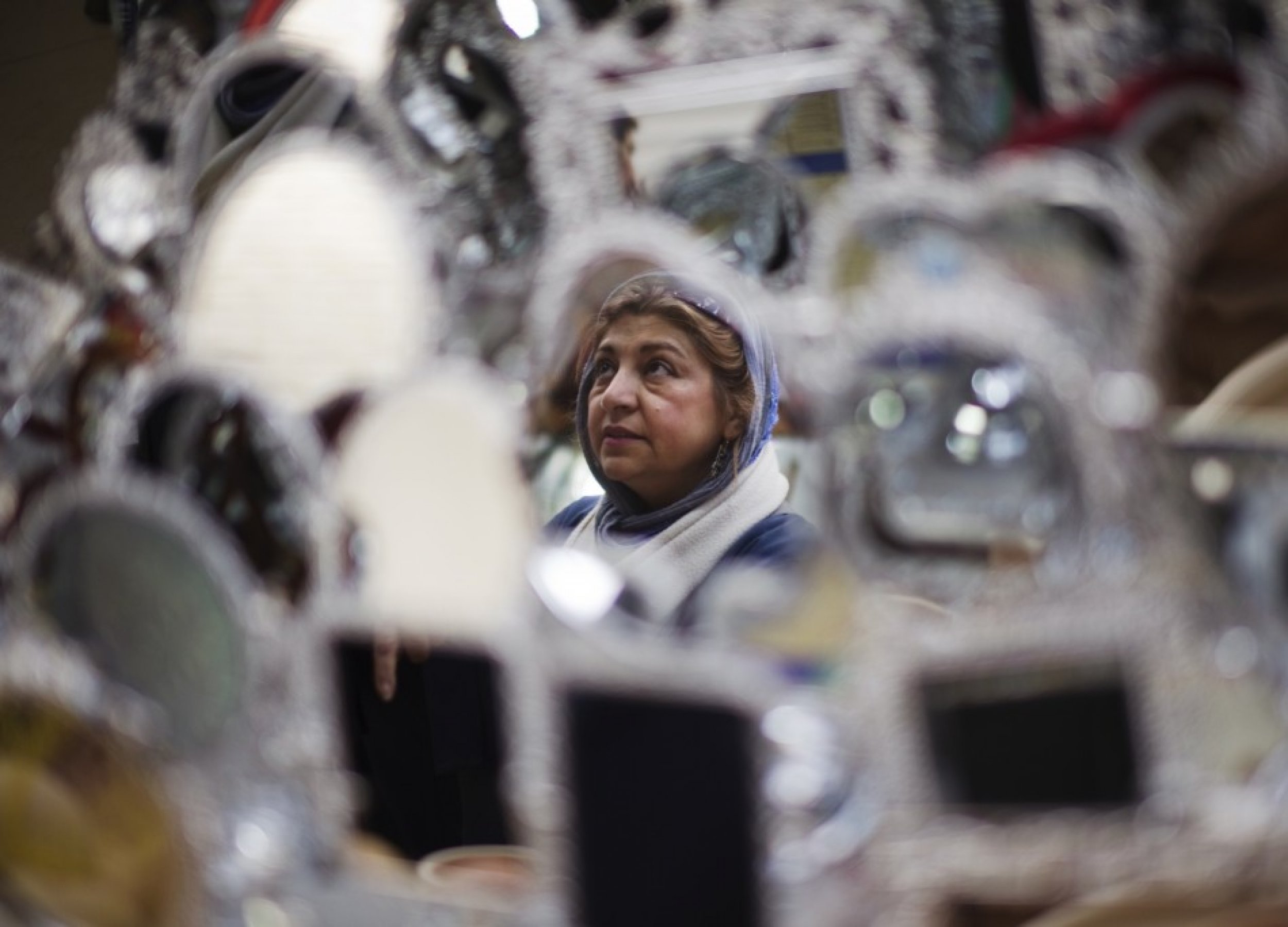Iran in Pictures: As Sanctions Make Economy Bleed, Life Goes On
Following a tightening of sanctions by the U.S. and its allies and international institutions meant to hurt the Iranian government, the economy is feeling the bite. While reporting by Western news agencies is severely curtailed in Iran, and official economic statistics are widely believed to be fictional, anecdotal reports from sources inside Iran speak of a populace that is financially strained and very worried.
Most major businesses are working at very low capacity. Factories lack raw materials and are cutting back production because they cannot transfer money anywhere. Many companies are giving their employees long holidays, an unsigned report from a PBS correspondent filed last week read.
The Iranian economy, which was believed in contraction even before this month, has sharply devolved over the past week, as an international organization in charge of arranging transfers among banks worldwide signaled it would be cutting off blacklisted Iranian banks. Without the ability to pay for imports or get paid for exports, Iran has fallen into a financial autarky, the national coin is experiencing a freefall and businesses are panicking.
Black-market currency trading and speedboat smuggling have become facts of life. Adding to the daily economic struggle is the uncertainty about the political future, with people in Tehran guessing anything from a Revolutionary Guard-led coup to a Israeli bombing campaign might be in the cards.
But life, of course, goes on. Working at the edge of the restrictive rules governing foreign media, various photojournalists for Reuters have taken to documenting life in Iran under sanctions.
The pictures speak for themselves.







© Copyright IBTimes 2024. All rights reserved.











